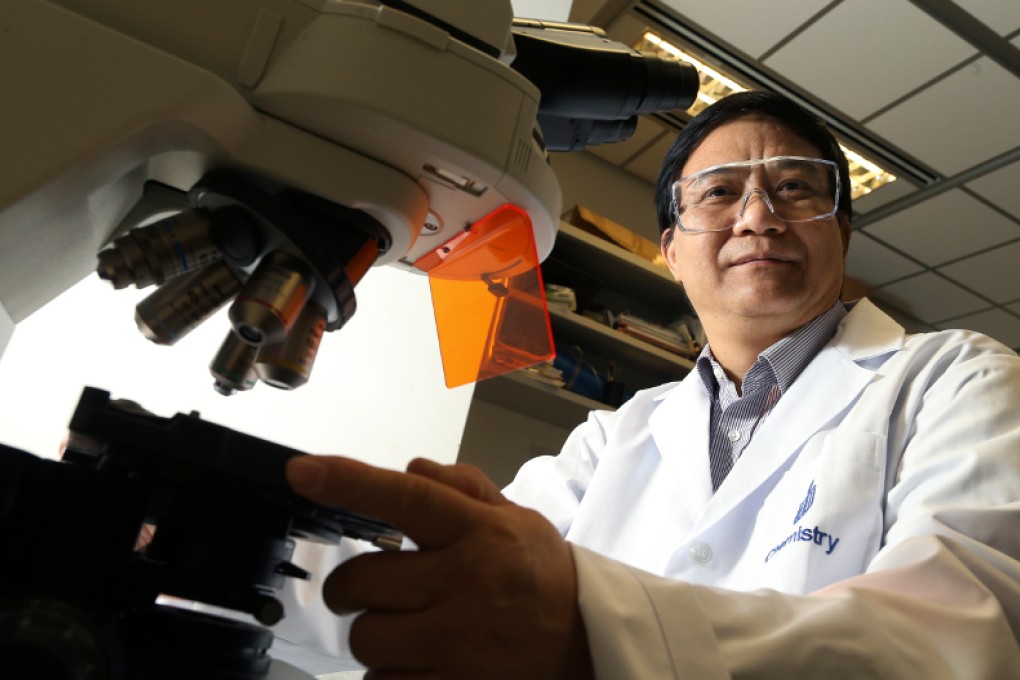HKUST discovery can track cancer cells in the body
The scientific term AIE (aggregation-induced emission) may not mean a great deal to the layman. But new AIE discoveries made by Benzhong Tang, chair professor of the department of chemistry at the Hong Kong University of Science and Technology (HKUST), are making important contributions to cancer screening, environmental monitoring, forensic science, and bacterial detection.

The scientific term AIE (aggregation-induced emission) may not mean a great deal to the layman. But new AIE discoveries made by Benzhong Tang, chair professor of the department of chemistry at the Hong Kong University of Science and Technology (HKUST), are making important contributions to cancer screening, environmental monitoring, forensic science, and bacterial detection. Tang has received numerous awards including Fellow, the Royal Society of Chemistry (2013) and Pioneer from Asia, Asian Chemical Congress (2013) for his discovery of over 100 unique fluorescent materials.
“AIE fluorescent material is attracting a lot of attention in the world of materials research due to its scientific importance and widespread practical applications,’’ says Tang, who is also director of the Hong Kong branch of the Chinese National Engineering Research Center (CNERC) for Tissue Restoration and Reconstruction. Putting the complicated process of how AIE materials are useful into plain language, the professor says he and his co-workers have discovered an AIE phenomenon, in which some materials become strong fluorescent emitters when aggregated in targeted areas, such as living cells. At this stage, professor Tang explains AIE materials for fingerprints and tracking cancer cells have no actual names, but they all belong to the AIE family.
Elected to the Chinese Academy of Sciences in 2009, Tang’s research interests include polymer chemistry and materials science. His mandate includes the creation of new molecules and polymers with novel structures and unique properties which have implications for high-tech applications. The professor notes his research and discoveries can help solve some of society's most pressing problems.
“Our area of research is exciting. Not only does it create new knowledge, it has a fundamental importance because of the benefits it offers to society,’’ says Tang.
In his HKUST lab, Tang and his team have developed AIE applications that can be used for tracking cancer cells inside the human body. “When the AIE dye comes into contact with cancer cells, it illuminates,’’ explains the professor. During medical operations, the AIE materials help surgeons to accurately remove tumours and infected cells without damaging healthy cell tissue. “This can reduce the need for extensive follow-up chemotherapy and radio therapy,” says Tang.
AIE materials discovered at the HKUST are also being used in optical displays by various top-of-the-range smart phone manufacturers. “Organic light-emitting diodes (OLEDs) produce deeper blacks and higher contrast ratios,’’ says Tang, who is listed by the Institute for Scientific Information as a “Most Cited Scientist’’.
